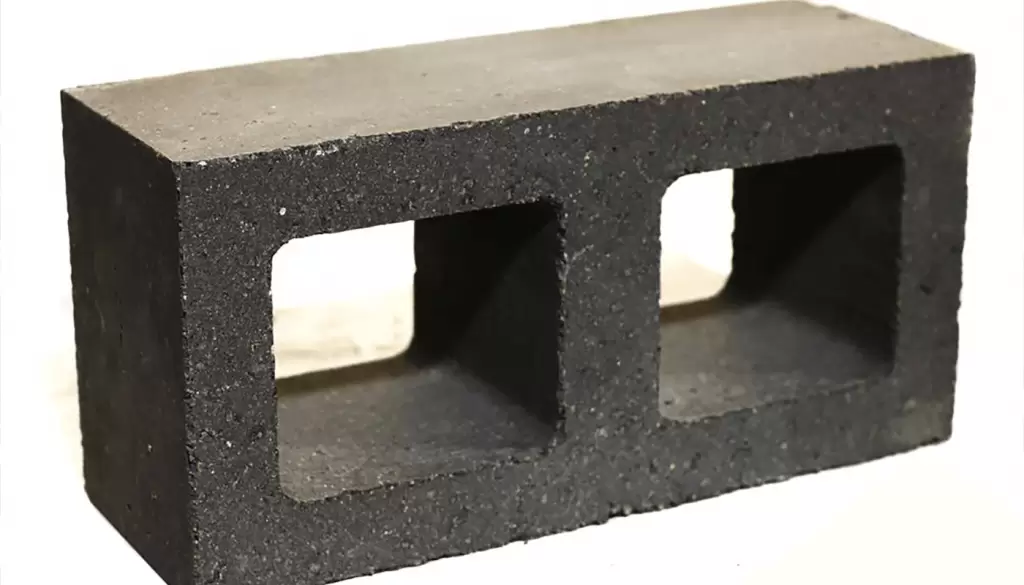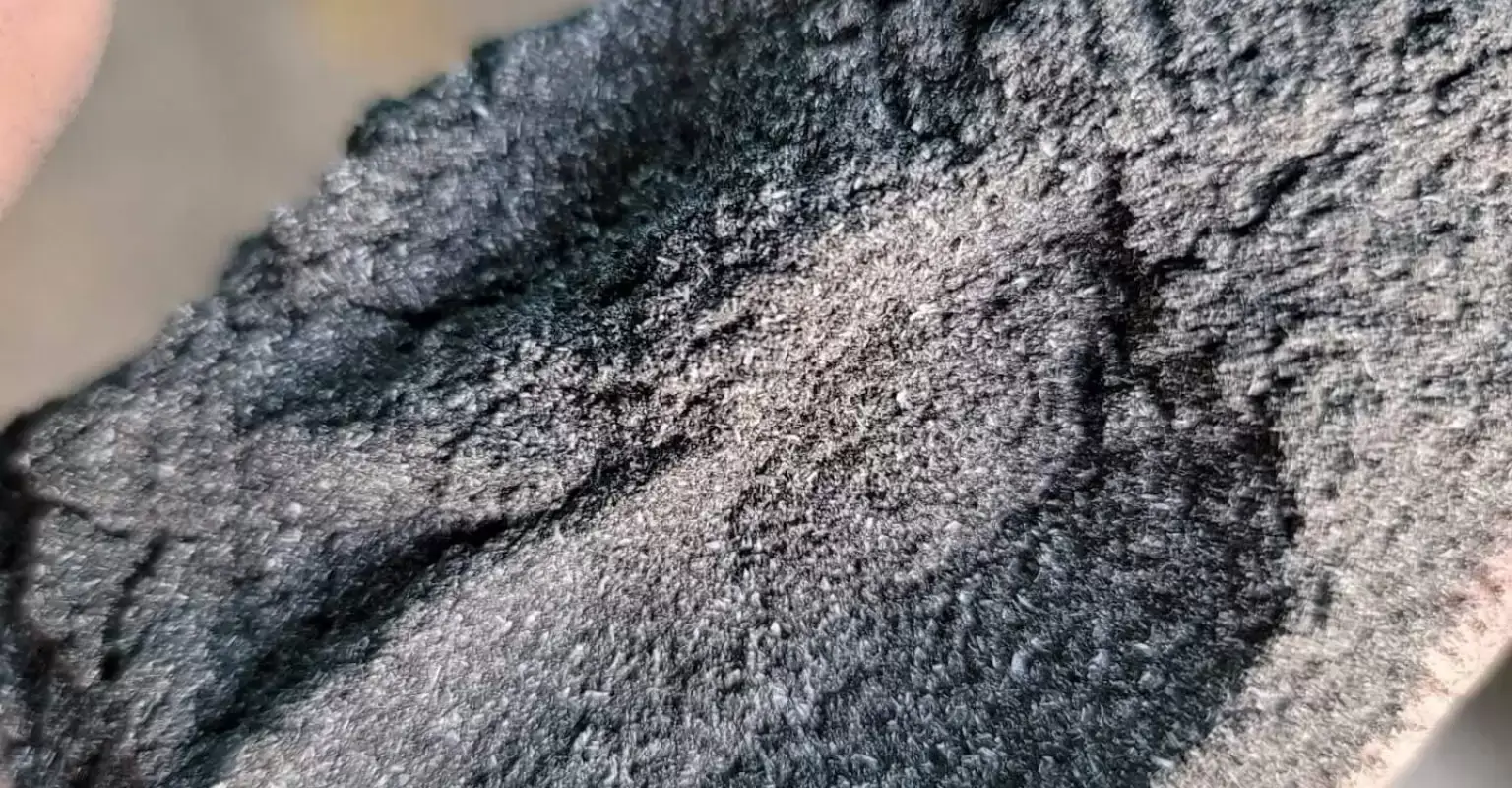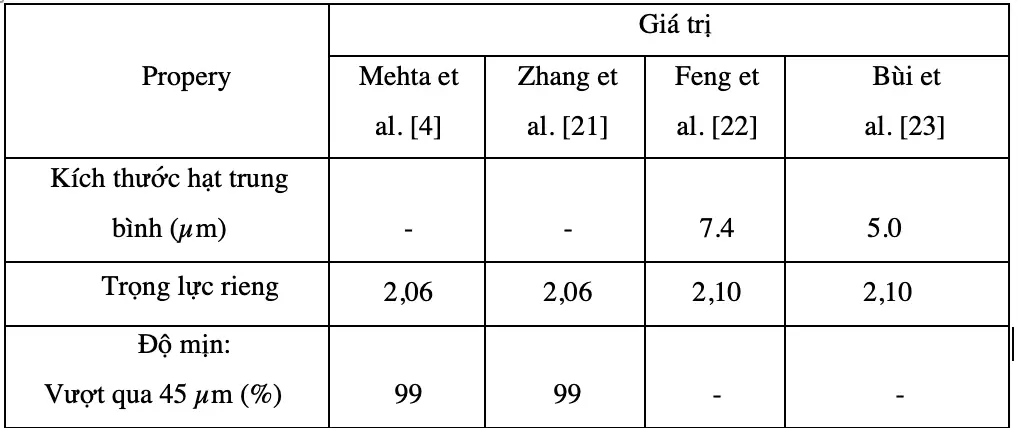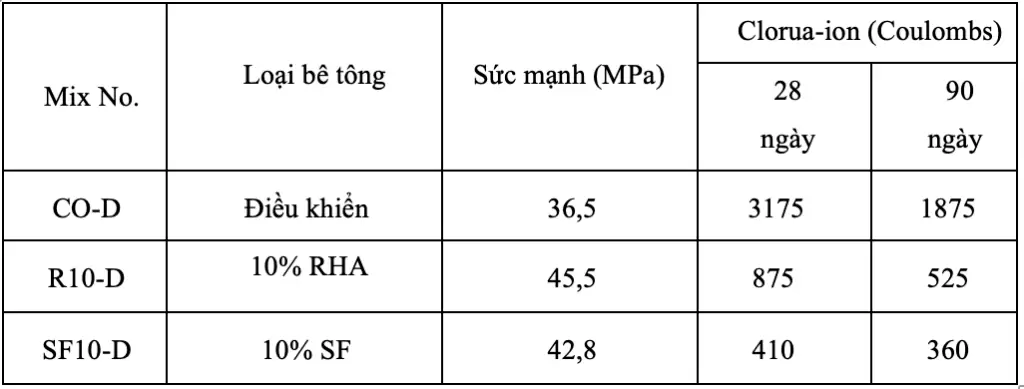
GENERAL
The objective of this study was to present and study a prior review of Malaysian rice ash as a partial replacement cement in different percentage, grinding time and corrosion performance of RHA concrete mix. .
The increasing demands for the production of durable building materials are the result of the rapidly polluting environment. Additional binding materials are proven effective to meet most of the requirements of durable concrete. Rice husk ash was found more frequently than other additional materials such as silica fume and fly ash. Due to the high pozzolanic activity, both the strength and durability of the concrete are enhanced. Adding rice husk ash to Portland cement not only improves the initial strength of the concrete, but also forms a calcium silicate hydrate gel layer around the cement particles with a high density and less porosity.
This can increase the crack resistance of the concrete. Previously, the investigation of corrosion performance of concrete mixed with rice husk ash was very limited. Further studies are under way by the authors or have recently begun to investigate the performance of RHA and the corrosion of the concrete mix. Various tests have been performed to evaluate the durability of concrete made with 10, 20, 30 and 40% RHA replacement by weight of cement. However, results on compressive strength, absorption test and chloride penetration from the previous investigation were presented in this study.
INTRODUCTION

Mixing the rice husk ash in cement has become a common recommendation in virtually all international construction standards. Due to its technology and saving advantages, it has gained it important. It is well known that, in order to generate RHA, a specific set of temperatures and burning times must be maintained. However, the form of silica obtained after combustion of RHA depends on the temperature and duration of the combustion of rice husk.
The studies of Chandrasekar et al. It has been shown that the physical and chemical properties of ash depend on the soil chemistry, grain variety, and climatic conditions. Other studies have been performed by Maeda et al. and Muthadhi et al. also indicated that the difference could also be due to fertilizer applied during rice cultivation.
The chemical compositions of RHA from many sites are shown in Table 1 which shows that the variation in synthetic chemistry, especially silica content, is not high (in the range of 85% to 95%). All other components of RHA, except potassium and magnesium, are available to a very small range, i.e. less than 1%.
The day-to-day construction industry is under immense compulsions of producing not only strong, but also durable construction materials to Cater for the increasing demands, destructive forces, and rapid contamination. environment. Cement blends, although by no means a new concept, are still at the forefront of durable building materials.
See also: Chất đốt là gì? Top 7 loại chất đốt công nghiệp phổ biến 2023
COMBUSTION PROCESS OF rice husk and ash
Rice husk is an agricultural by-product. It makes up about 20% of the weight of rice. It contains about 50% cellulose, 25–30% lignin and 15–20% silica. When rice husks are burned, rice husk ash (RHA) is produced. On combustion, cellulose and lignin are removed leaving behind silica ash.
Controlled combustion temperature and environment results in better quality of rice husk ash because its specific particle size and surface area depends on burning conditions. For every 1000 kg of paddy milled, about 200 kg (20%) of rice husk is produced, and when this rice husk is burned in a boiler, about 50 kg (25%) of RHA is produced. Fully burnt husks are gray to white in color, while partially burnt husks are brackish.
Research into the production of rice husk ash (RHA) that can be used in concrete is not new. In 1973, Mehta studied the effects of pyroprocessing on the reactive pozzolanic of RHA. Based on his work, Pitt developed a fluidized bed furnace for controlled burning of rice husks. It is found that when the temperature of the combustion and the residence time inside the furnace are controlled, highly pozzolanic RHA can be produced.
Since then, many efforts have been made to produce and use pozzolanic RHA in a number of countries including, among others, China, Japan, India, Guyana, Malaysia, Senegal, Taiwan Loan and the United Kingdom (Yu et al., Yamamoto et al., Boateng and Skeete, Singh et al., Mahmud et al., Cisse and Laquerbe, Cook et al., Hwang and Wu, Zhang and Malhotra and Bouzoubaa and Fournier .
Mehta suggested that amorphous silica could essentially be produced by maintaining combustion temperatures below 500 °C under oxidizing conditions for prolonged periods or up to 680 °C with holding times less than 1. minute. However, Yeoh et al. reported that RHA can remain amorphous at combustion temperatures up to 900°C if the burn time is less than 1 hour, whereas crystalline silica is produced at 1000°C with a longer burn time. 5 minutes.
Using X-ray diffraction, Chopra et al. observed that at combustion temperatures up to 700°C, silica is in the amorphous form. The effects of different burning temperatures and chemical composition of rice husks (Taiwan RHA) were studied by Hwang and Wu. It was observed that at 400 o C, the polysaccharides started to decompose. Above 400 o C, dehydration of sugar units occurs. At 700 o C, the sugar units decompose. At temperatures above 700°C, the unsaturated products react with each other and form a highly reactive carbonic residue.
The X-ray data and chemical analysis of RHA produced under different combustion conditions by Hwang and Wu showed that the higher the combustion temperature, the greater the percentage of silica in the ash. K, S, Ca, Mg as well as some other components were found to be stabilized.
CHARACTERISTICS OF RHA
RHA is a very good material. The average particle size of ash husks ranges from 5 to 10μm. The physical property values reported by several authors are given in Table 2.
Rice husk ash is very rich in silica content. Silica content in RHA is usually more than 80-85%. The chemical composition of RHA as reported by several authors is given in Table 3. In order for RHA to be used as pozzolan in cement and concrete, it must meet the requirements for pozzolan chemical composition according to ASTM C618. The combined ratio of silicon dioxide (SiO2), aluminum oxide (A12O3) and iron oxide (Fe2O3) in the ash shall not be less than 70% and the LOI shall not exceed 12% as specified by ASTM.

Malaysian rice husks as illustrated in Figure 1, were then burned in a gas furnace ratio of 10 o C, up to 700°C per minute, maintain at this temperature for 6 hours, and then allow to cool down to room temperature as shown in Figure 2.
Ikpong and Okpala [24] studied the change in strength of average workability concrete with the combination of RHA. Cement has been partially replaced with 0, 20, 25 and 30% RHA. The 28-day design strength of concrete is 20, 25, 30 and 40N/mm2. The compressive strength continues to increase with the age of each mixture. The control mixture (0% RHA) achieved higher intensity than the OPC/RHA mixture at all ages. At the age of 28 days, all OPC/RHA concrete grades, except for the 40N/mm2 design mix, have achieved their 28-day design strength. For the design mix 40N/mm2, the blend with 30% RHA content achieved 98.5% of the design strength, while the blend with 40% RHA content achieved 86.5%.
However, Zhang and Malhotra studied the effect of 10% RHA as partial replacement of cement on the compressive strength of concrete and compared it with the compressive strength of concrete containing 10% silica fume (SF). The ratio of water-cement materials is maintained at 0.40. At 28 days, the RHA concrete had a compressive strength of 38.6MPa compared to 36.4MPa for the control concrete and 44.4MPa for the SF concrete. At 180 days, the RHA concrete exhibited compressive strength of 48.3MPa compared with 44.2 MPa for the control concrete and 50.2MPa for the SF concrete. On the other hand, Wada et al demonstrated that RHA mortar and concrete exhibit higher compressive strength than the control mortar and concrete. They further reported excellent early-stage strength development even without steam curing for RHA mortar and concrete.
Saraswathy and Song evaluated the effect of partial replacement of cement with rice husk ash (RHA) on the porosity and water absorption of concrete. Cement is replaced with 0, 5, 10, 15, 20, 25 and 30% RHA. The ratio of the control mixture (without RHA) was 1:1.5:3 with a w/c ratio of 0.53. Porosity and water absorption tests are performed according to ASTM C642-97. They concluded that: (i) the porosity value decreased with increasing RHA content because small RHA particles improved the particle packing density of the mixed cement, resulting in a decrease in the volume of larger pores; and (ii) the water absorption coefficient for rice husk ash replacement concrete at all substitution grades was found to be smaller when compared with the control concrete
Studies by Zhang and Malhotra [15] evaluated the chloride ion penetration resistance of concrete made with 10% RHA and 10% silica fume (SF). Details of concrete along with chloride ion penetration testing conducted according to ASTM C1202 are given in Table 4. It can be seen from these results that the use of RHA and SF reduced chloride ion penetration in both years old. Values less than 1000. According to ASTM C1202, when the charge to penetrate concrete is less than 1000 coulombs, concrete has a very high resistance to chloride ion penetration.

DEEP RESEARCH
The authors of this paper are conducting research to study the performance of concrete incorporating rice husk ash as a cement additive. However, the effect of chloride penetration containing RHA on mixed concrete will also be investigated in this study. The RHA was obtained from Agrilectric power plants in Nibong Tebal, Pulau Pinang, Malaysia. Rice husk ash was finished from combustion in gas furnace with the maximum temperature of 700 o C for six hours. Ground RHA will be achieved using ball mill grinding with variable timing. However, XRF, XRD and SEM analysis will be performed on Portland cement and RHA.
The test work includes chloride ion permeability testing and the properties of RHA-containing hardened concrete. Concrete mix containing 10%, 20%, 30% and 40% RHA as an alternative to cement and water/binder ratios of 0.40, 0.45 and 0.50. This experimental work is still ongoing, and is expected to be completed by the end of August 2011.
EXPERIENCE THE PROGRAM
Characteristics of hard concrete
Testing on Harden concrete can be classified into mechanical to destructive testing and non-destructive testing and thus makes for a study of changes in calculation with time. The test compression strength, density, porosity and water absorption will be selected in this study.
Chloride rapid penetration test
Corrosion is mainly caused by the penetration of chloride ions into the concrete by abolishing the existing passivation radicals. RCPT has been developed as a rapid test that can measure the transport rate of chloride ions in concrete. RCPT is based on the principle that negative chloride ions are attracted to a positive electrode and consists of measuring the total charge passing through a sample during the six-hour test period when a direct current (DC ) differential potential of 60V is applied across the ends of the sample. RCPT consists of two steps: Sample preparation including temperature, saturation and set-up tests and monitoring of the amount of current passed through the sample during the six-hour test time as described in the standard ASTM C1202. Figure 3 shows the RCPT settings.
Quick move test
According to Tang et al. and Tong et al., specimens of 100 mm in diameter and 50 in height will be conditioned and tested for chloride ion diffusion coefficients using the Rapid Migration Transformation Test (MRMT) at age 28 days. The solutions used in the migration tests will be 3% NaCl (in lime water) on the cathode side and lime water on the anode side. Applying a voltage of 30 V DC at 8 hours will be used. A typical chloride migration test is illustrated in Figure 4.
SUMMARY
Differences of rice husk ash at 0%, 10%, 20%, 30% and 40% change levels will be evaluated to determine the optimal level of RHA in the concrete mix. The optimal grinding time of the RHA will also be evaluated. In contrast, the properties of Harden concrete, the rapid ion chloride penetration test; Rapid migration test will use to monitor the chloride solution of concrete and strong. However, current and standard test methods for sulfate attack will be used for this problem.



